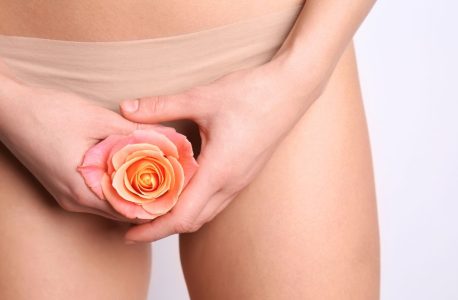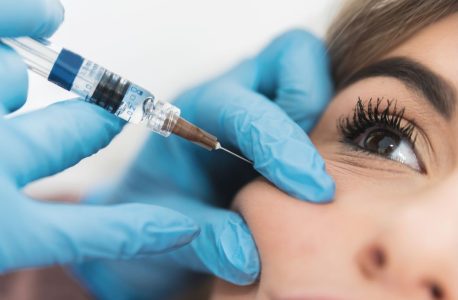Importance of good lymphatic drainage
Our body is made up of several systems that work together to ensure proper functioning and thus achieve a state of full physical, mental and social well-being. This full state is the definition of health, so valuable and desired for us and our loved ones.
Health has always been an open topic that has gained even more importance in the current pandemic. When we address the concept of “health” we also inevitably address the immune system. The immune system, of which the lymphatic system is a major part, is responsible for helping us not get sick, as it fights and destroys foreign ‘invaders’ potentially dangerous to our health.
The lymphatic system is present throughout our body and has numerous functions, including: the removal of fluid from bodily tissues, the absorption of fatty acids and the production of immune cells. To improve its functions, as well as to maintain our overall good health, we must adopt a balanced lifestyle such as healthy eating and regular physical exercise, as well as carrying out actions that help optimize the complete system. Lymphatic drainage stands out among the scientifically proven interventions with a positive impact on the performance of the immune and lymphatic system.
Lymphatic drainage aims to increase the volume and speed of lymph transported by lymphatic vessels and optimizes filtration of lymph nodes, through manoeuvres that mimic physiological pumping. Thus, there is an increase in tissue oxygenation, elimination of toxins, better absorption of nutrients by the digestive system, prevention and elimination of fluid retention and edema. As a result, there is a reduction in edema and the discomfort it causes (such as pain, heaviness and swelling), reduction in size, greater hydration and cell nutrition, better healing and faster reabsorption of bruises. These results make lymphatic drainage an essential complement to other treatments and procedures.
Lymphatic drainage is indicated for tissues with edema, venous and/or lymphatic insufficiency, edema in the gestational period and premenstrual tension, pre- and post-surgery treatment, including plastic surgery, medical treatments or non-invasive aesthetic therapy, cellulitis, and scars. Lymphatic drainage can be manual or mechanical, with both interventions having similar benefits if performed by properly qualified professionals such as physiotherapists.
This special technique of manual massage is completely different from the massages we are used to, essentially, because it is performed through gentle, slow, monotonous and rhythmic manoeuvres made with the hands, which must follow the path of the lymphatic system. The difference between this procedure and other massage methods is that it does not produce vasodilation and that it uses extremely gentle and slow manual pressures that respect the integrity and function of the delicate lymphatic vessels. Therefore, lymphatic drainage should not produce pain or redness, and should exclude massage techniques that are used inappropriately and falsely called manual lymphatic drainage, sometimes causing irreversible damage to the lymphatic and venous system. Adding to this, serious clinical complications of inappropriate and inadvertent use of these massages are described in literature in situations of edema, such as hepatic hematomas, subcutaneous fat necrosis, urethral displacement and renal arterial embolism. Mechanical lymphatic drainage has the same objectives and effects as manual drainage and combines technology together with human knowledge. It is a non-invasive method, using specific devices on the skin that work through rolling, suction and/or pressure. However, it is important to consider that in manual drainage the tactile perception used by the trained professional is better to the perception of the devices. Ideally, mechanical lymphatic drainage should complement manual drainage.
It should be noted that before undergoing any procedure, you must be informed of the contraindications. In the case of lymphatic drainage, the contraindications are: fever, acute infections, phlebitis and thrombophlebitis, diagnosed and active malignant tumours, heart and/or pulmonary failure, history of pulmonary edema or embolism, arterial hypotension, untreated hyperthyroidism or untreated severe bronchial asthma.
In short, lymphatic drainage is a technique that offers very positive health and immune system advantages. The technique must always be present in prevention and rehabilitation plans before and after health and aesthetic procedures that lead to alterations in the functioning of the lymphatic system, as well as in cases of acute or chronic pathology of the same system. Finding a health professional capable of carrying out an assessment, diagnosis and individualized treatment plan is essential to start enjoying the benefits of lymphatic drainage.
Keywords: Health, Immune System, Lymphatic System, Lymphatic Drainage, Physiotherapy.






